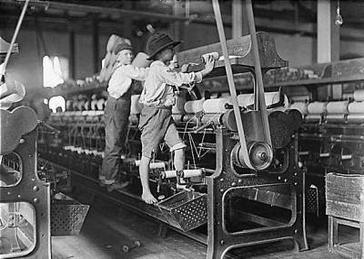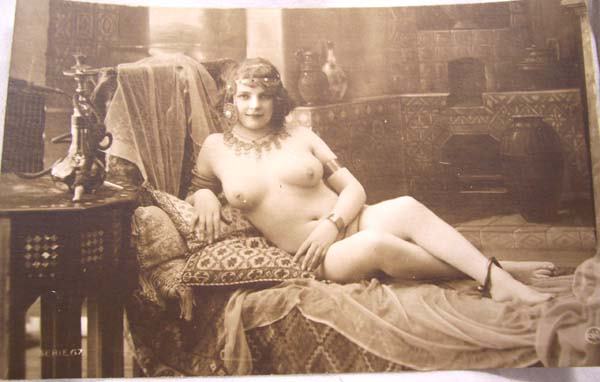
In Huyssen’s “Killing Workers for Profit” chapter, in his book Progressive Inequality, the author explains the horrible and violent conditions that working class men and women faced in their jobs at the end of the 19th century and the beginning of the 20st. Huyssen’s chapter is oriented around explaining and ascribing the pervasive violence the working class faced to the powerful and influence of the wealthy. “Nevertheless, some workers saw clearly that whatever the apparently immediate cause for their foremen threatening them, strikebreakers punching them, private security personnel kicking them, police arresting them, or judge’s fining them and sentencing them to the workhouse on unsubstantiated charges, the primary human movers of violence were almost always numbered among the wealthy.” Given this level of treatment, it would be natural to wonder how these jobs were ever filled. According to Huyssen, the only alternative for these workers was often dire poverty, a life on the streets. This lack of options gave their employers incredible leverage to commit acts of violence against them.
More generally, it meant that people were willing to do extremely dangerous and undesirable jobs for low pay simply because they had no alternative, and employers would fail to pay to make those jobs safe because it was cheaper to simply hire more workers. For example, around the 1870s George Westinghouse started to market air brakes that couple train cars automatically. Rather than pay for the new technology that would have taken their employees out harm’s way, the companies insisted that workers did their job manually “regularly and unnecessarily placing those workers’ flesh and bone between tons of swiftly converging iron and steel.” And as Huyssen later on explains, “Paired with faulty coupling mechanisms, this practice continued to cleave bodies in half at the hips, crush internal organs, and unceremoniously amputate healthy limbs—a veritable production mechanism of agony and death.” The conditions being described by Huyssen did not sound so different to the working conditions in some concentration camps during the Holocaust. Of course there are important and profound differences, the workers under discussion here could after all choose to leave, but the fact that so many chose to stay in such grueling and dangerous circumstances is strong evidence that their available alternatives were very poor. In the end, the result was as theologian Lyman stated,“So long as brakes cost more than trainmen, we may expect the sacrificial method of car coupling to continue.” For the companies the logic was quite simple, “Your device would be more expensive than Paddies are”.
An important question could be how people, customers, politicians or anyone else was able to tolerate this behavior and this violence towards innocent workers? Was there simply a lack of awareness or was there in fact widespread apathy? Huyssen partially explains this question. Most of the low wage workers were immigrants, especially in New York, or African-American, “The lack of enforceable safety regulations in the building trades meant regular exposure to death and dismemberment for predominantly foreign and African-American workers”. These groups lack the political or social power to push through policies that would have protected them.
Nowadays conditions have clearly improved, even for many low wage workers. While there are definitely some jobs that are safer than others, few if any are as dangerous as a normal factory job a century ago, and most workers have far more options. But it is important to recognize that workplace accidents still occur since there are to this day many dangerous occupations. On the website of “AFL-CIO” there is an article titled “ death in the job report” which pretty much speaks for itself. It states, “In 2014, 4,821 workers were killed on the job in the United States, and an estimated 50,000 died from occupational diseases, resulting in a loss of 150 workers each day from hazardous working conditions.” To be quite honest the number really shocked me and I wonder how much the WHO examines and suggests appropriate measures to prevent work related deaths.
http://www.aflcio.org/Issues/Job-Safety/Death-on-the-Job-Report

